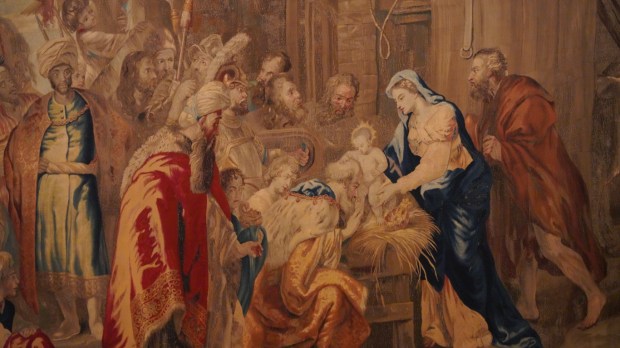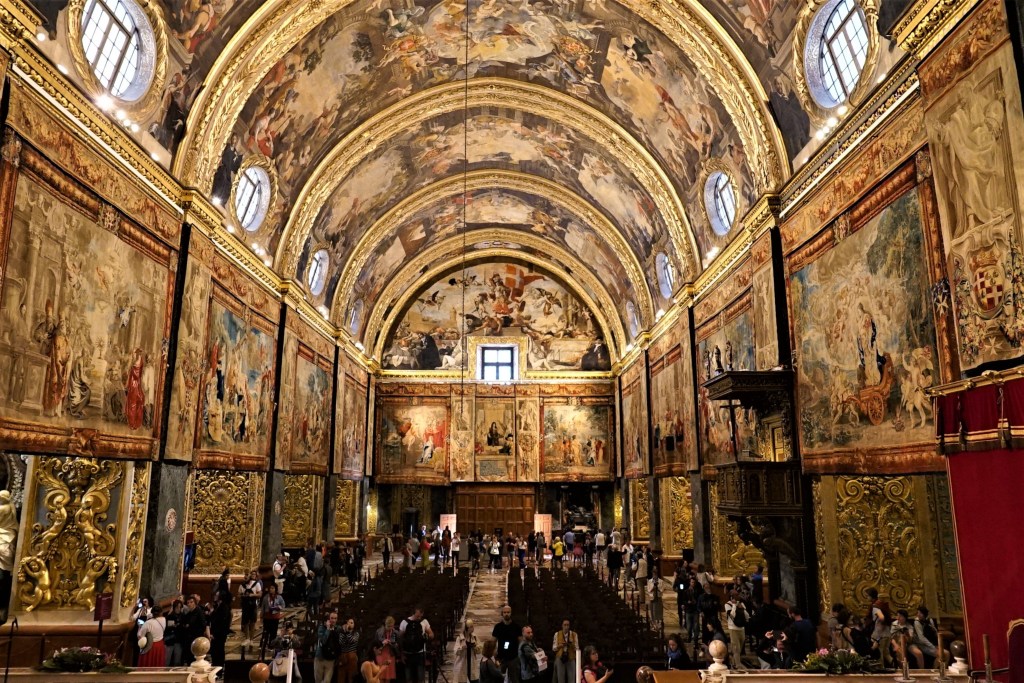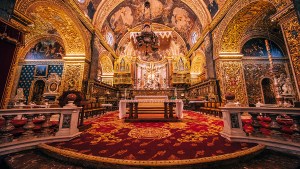There are plenty of outstanding tapestries kept in churches and museums of medieval, Renaissance, and Baroque art.Maybe you are familiar with Girona’s noted Tapestry of Creation, housed in the Museum of the Cathedral of Girona – a Romanesque panel of needlework from the 11th century minutely embroidered with a series of theological scenes depicting the biblical cycles of Creation and (to a certain extent) Redemption. Or perhaps you are more acquainted with Raphael’s Tapestries of the Apostles, which recently returned to their original home, the Sistine Chapel (although only for a week), to celebrate the 500th anniversary of the painter’s death. Pope Leo X commissioned Raphael to design the tapestries while the artist was working on St. Peter’s Basilica back in 1515. Raphael’s designs were sent to Brussels, where, over a period of four years, the tapestries were woven out of silk, wool, and gilded silver thread.
But chances are you don’t know the remarkable set of tapestries of Malta’s St. John’s Co-Cathedral, in Valletta. The interior of the church is one of the finest examples of High Baroque architecture in Europe, boasting impressive painted ceilings, carved walls and numerous side altars. In fact, the church itself is considered one the world’s great cathedrals.
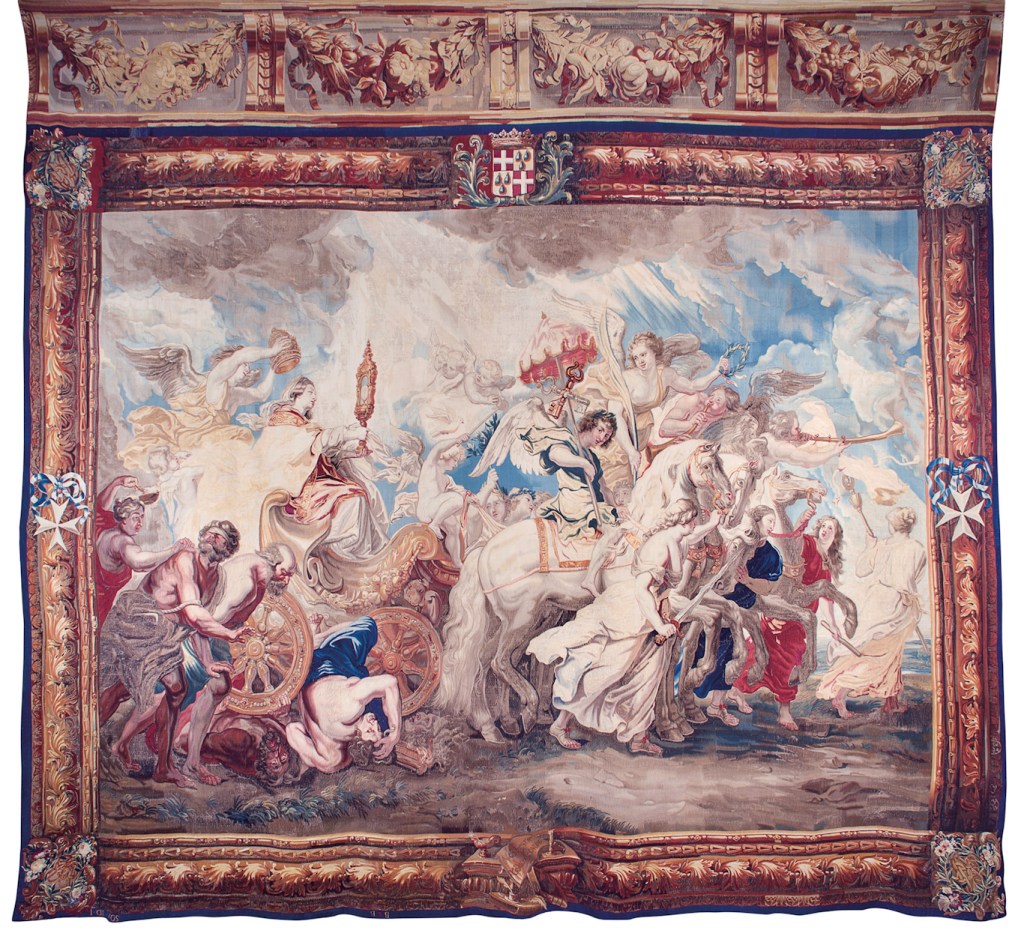
Dedicated to St. John the Baptist, it was built by the Order of St. John between 1572 and 1577, commissioned by Grand Master Jean de la Cassière as the Conventual Church of St. John, and designed by the noted Maltese architect Girolamo Cassar — responsible for most of the more important buildings in the city.
Several different elements of the co-cathedral need to be highlighted. For example, it housed the famed icon of the Virgin of Philermos for centuries. In fact, a whole chapel was built to house this icon (also known as the Panagia Filevremou, Blessed Virgin of Philerme, and Black Madonna of Malta), which was brought over by the Knights of Saint John after they were expelled from Rhodes. Nowadays, the co-cathedral houses the noted Caraffa Madonna instead, which is carried in procession every year on the day of the Immaculate Conception, December 8.
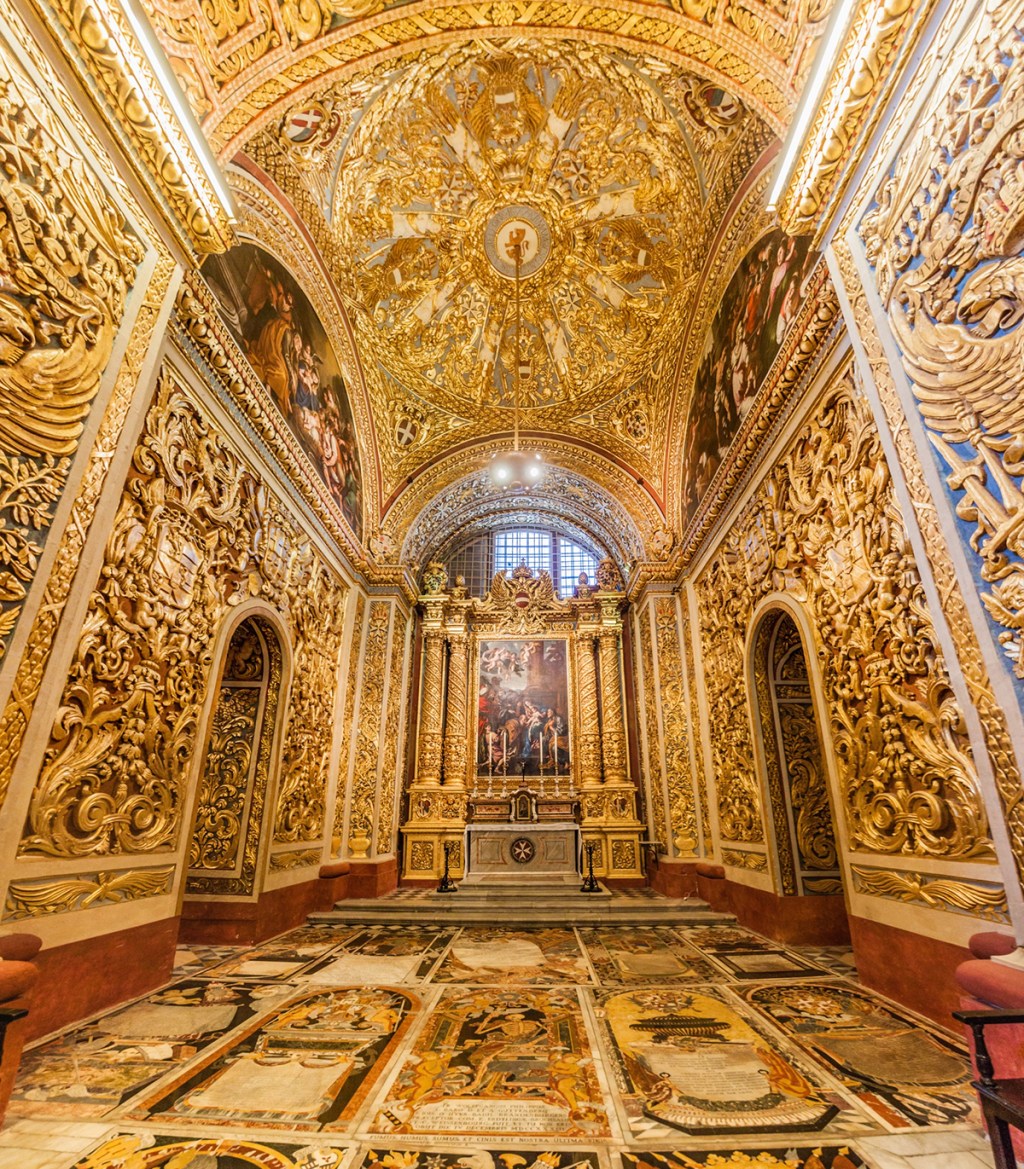
After an extensive restoration process that lasted 16 years, the 17th-century tapestries, based on designs made by Peter Paul Rubens and woven in Brussels (like Raphael’s) by the weaver Judocus De Vos,are back on display in the main nave of the co-cathedral from May 5 to June 24, 2023. This is certainly a unique opportunity for visitors from all over the world to see these magnificent tapestries and appreciate their beauty, historical and religious significance. Their intricate design, woven from wool and pure silk, make them a true masterpiece of European art.
The last time they were displayed was during Pope St John Paul II’s visit to Malta in 1990. Commissioned by Grand Master Ramón y Perellós upon his election in 1697, the set consists of 29 pieces depicting the Triumph of the Roman Catholic Church, scenes from the life of Christ, and the twelve apostles.
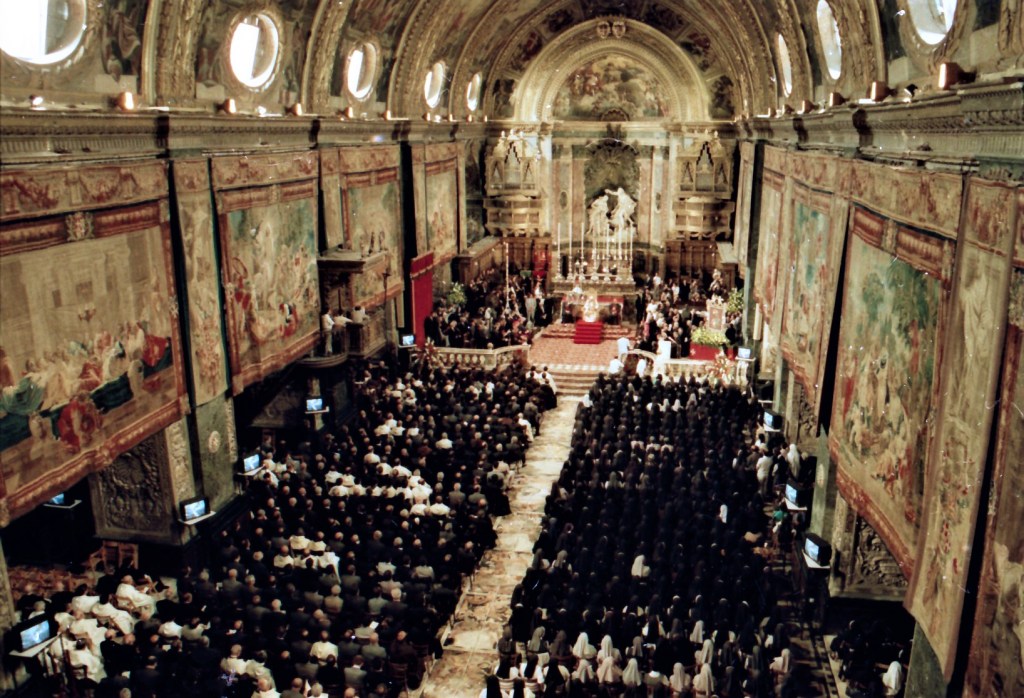
The restoration process was quite complex. Over time, the tapestries’ condition naturally deteriorated, causing several open seams and loss of the silk treads. The team of experts at De Wit Royal Manufacturers in Belgium carefully cleaned and repaired them, bringing back the original colors and designs to their former glory. The restoration process was funded by the St John’s Co-Cathedral Foundation, which is dedicated to preserving and promoting the cultural heritage of this unique UNESCO World Heritage site.
You can learn more about Saint John’s Co-Cathedral and other magnificent Maltese basilicas here.
